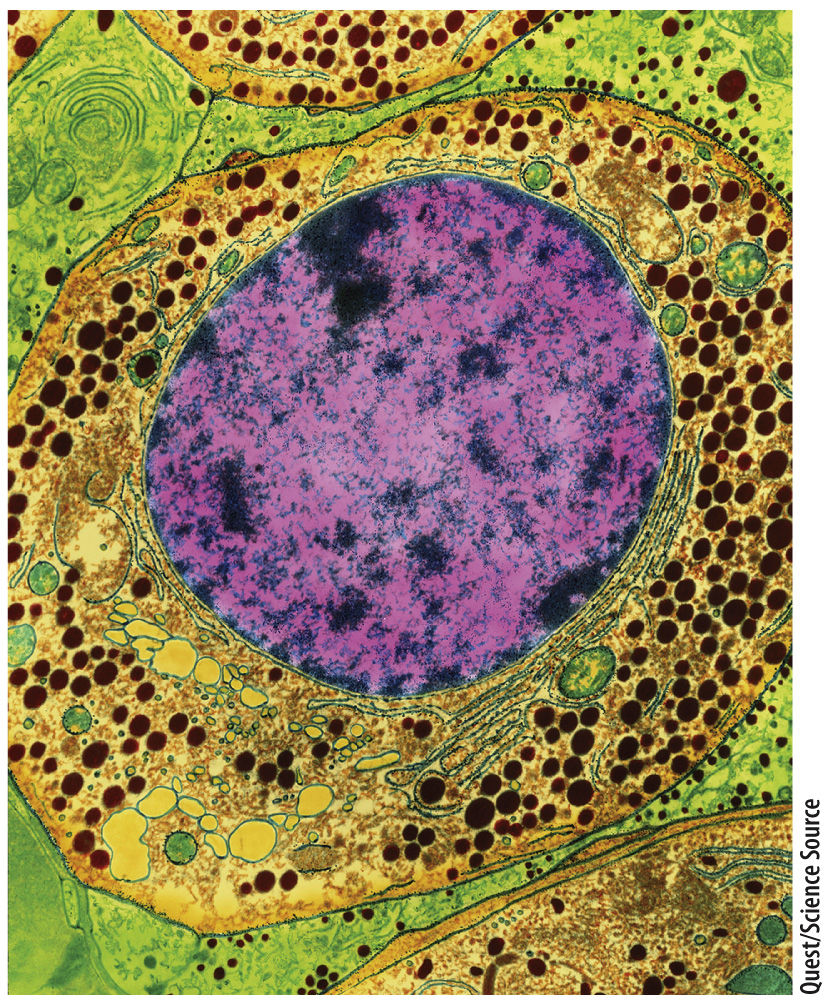Chapter 9 Introduction
CHAPTER 9
Cell Signaling

Core Concepts
- Cells communicate primarily by sending and receiving chemical signals.
- Cells can communicate over long and short distances.
- Signaling molecules bind to and activate cell-surface and intracellular receptors.
- G protein-coupled receptors are a large, conserved family of receptors that often lead to short-term responses.
- Receptor kinases are widespread and often lead to long-term responses.
Up to this point, we have considered how life works by looking mainly at what happens inside individual cells. We have seen how a cell uses the information coded in genes to synthesize the proteins necessary to carry out diverse functions. We have also seen how the plasma membrane actively keeps the environment inside the cell different from the environment outside it. Finally, we have explored how a cell harvests and uses energy from the environment.
In the next three chapters, we zoom out from individual cells and consider cells in context. Cells always exist in a particular environment and their behavior is often strongly influenced by this environment. For example, the environment of unicellular organisms consists of their physical surroundings and other cells nearby. The ability of cells to sense and respond to this environment is critical for survival. A unicellular organism senses information that signals when to feed, when to move, and when to divide.
In multicellular organisms, cells do not exist by themselves but as part of cellular communities. These cells may physically adhere to one another, forming tissues and organs. Often multicellular organisms are highly complex, made up of cells of many types with specialized functions. These cells respond to signals, which may come from the outside environment or from other cells of the organism. Cell communication helps to coordinate the activities of the thousands, millions, and trillions of cells that make up the organism. These cells all come about through the process of cell division. Cells divide as part of growth and development, as well as tissue maintenance and repair. Cell division is an example of a cellular activity that is often regulated by signals that tell a cell when to start dividing and when to stop dividing.
In Chapter 9, we look at how cells send, receive, and respond to signals. In Chapter 10, we focus on how cells maintain their shape and, in some cases, physically adhere to one another. As we saw in the case of molecules, form is inextricably linked to function. Finally, in Chapter 11, we consider how one cell becomes two through the process of cell division.